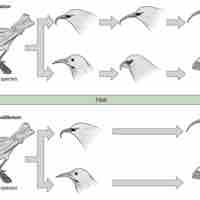Chapter 18
Evolution and the Origin of Species
By Boundless
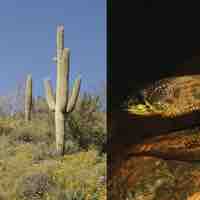
Evolution, the unifying theory of biology, describes a mechanism for the change and diversification of species over time.
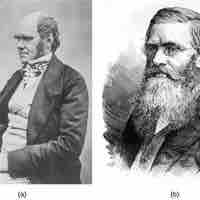
Charles Darwin and Alfred Wallace independently developed the theories of evolution and its main operating principle: natural selection.
The differences in shape and size of beaks in Darwin's finches illustrate ongoing evolutionary change.
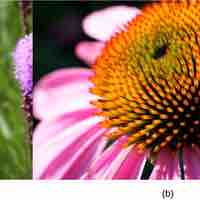
Natural selection can only occur in the presence of genetic variation; environmental conditions determine which traits are selected.
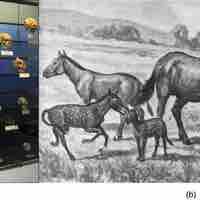
Evidence for evolution has been obtained through fossil records, embryology, geography, and molecular biology.
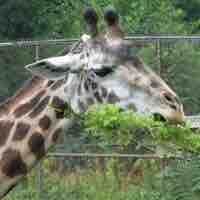
There are many misconceptions about evolution, including the meaning of the word theory, the way populations change, and the origin of life.
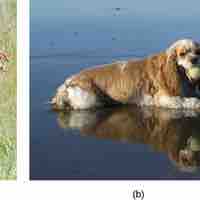
A species is defined as a group of individuals that, in nature, are able to mate and produce viable, fertile offspring.
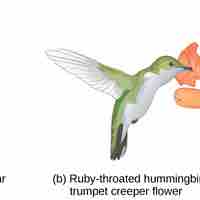
Reproductive isolation, through mechanical, behavioral, and physiological barriers, is an important component of speciation.
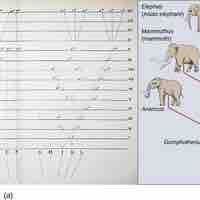
Speciation is an event in which a single species may branch to form two or more new species.
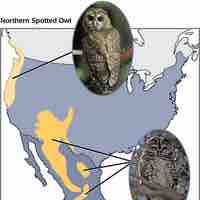
Allopatric speciation occurs when a single species becomes geographically separated; each group evolves new and distinctive traits.
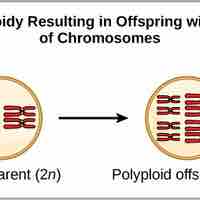
Sympatric speciation occurs when two individual populations diverge from an ancestral species without being separated geographically.
Genomic similarities between distant species can be established via analysis of genomes using advanced technology.

Processes such as mutations, duplications, exon shuffling, transposable elements and pseudogenes have contributed to genomic evolution.
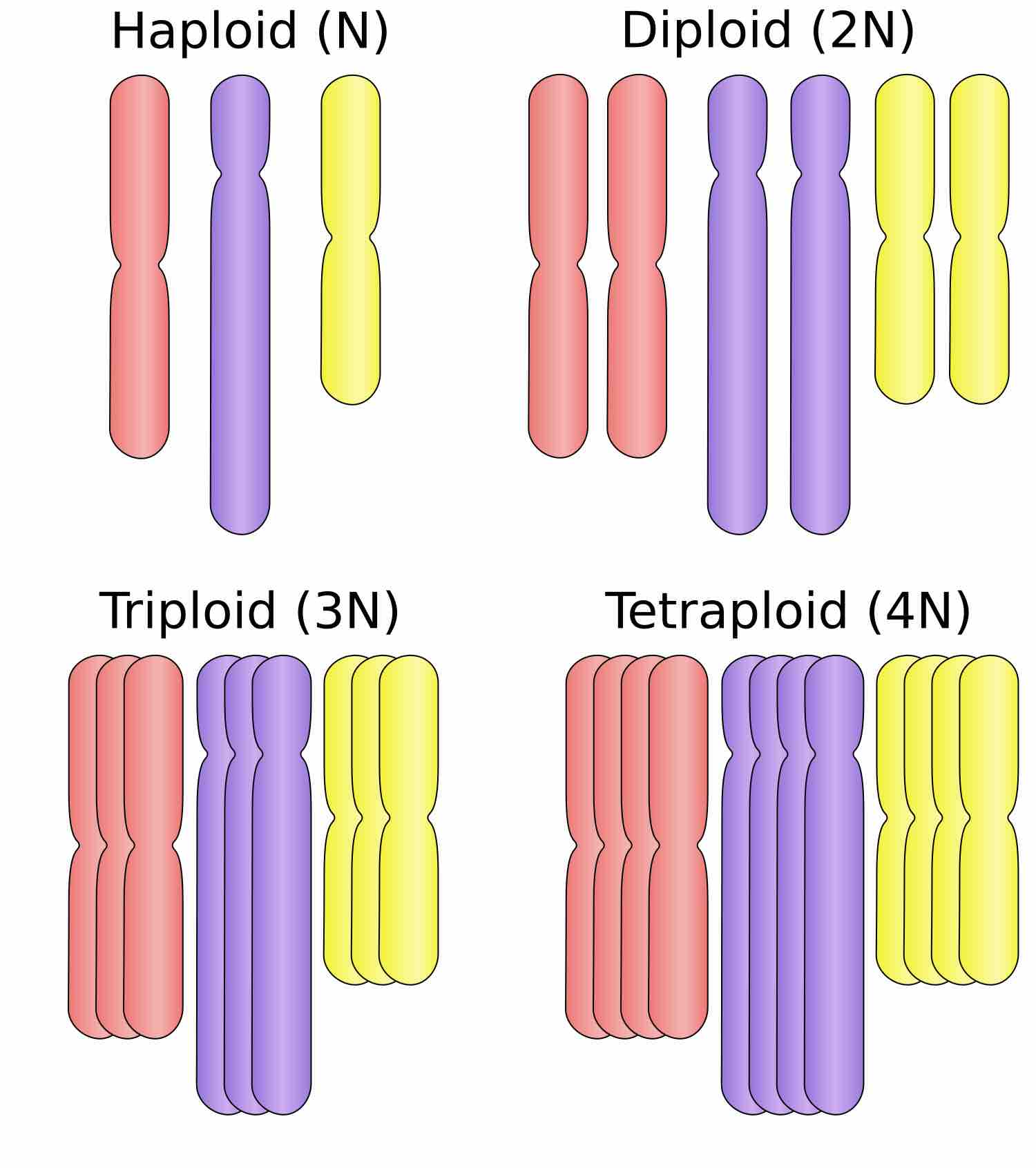
Whole-genome duplication is characterized by an organisms entire genetic information being copied once or multiple times.

Gene duplications create genetic redudancy and can have various effects, including detrimental mutations or divergent evolution.
Noncoding DNA are sequences of DNA that do not encode protein sequences but can be transcribed to produce important regulatory molecules.
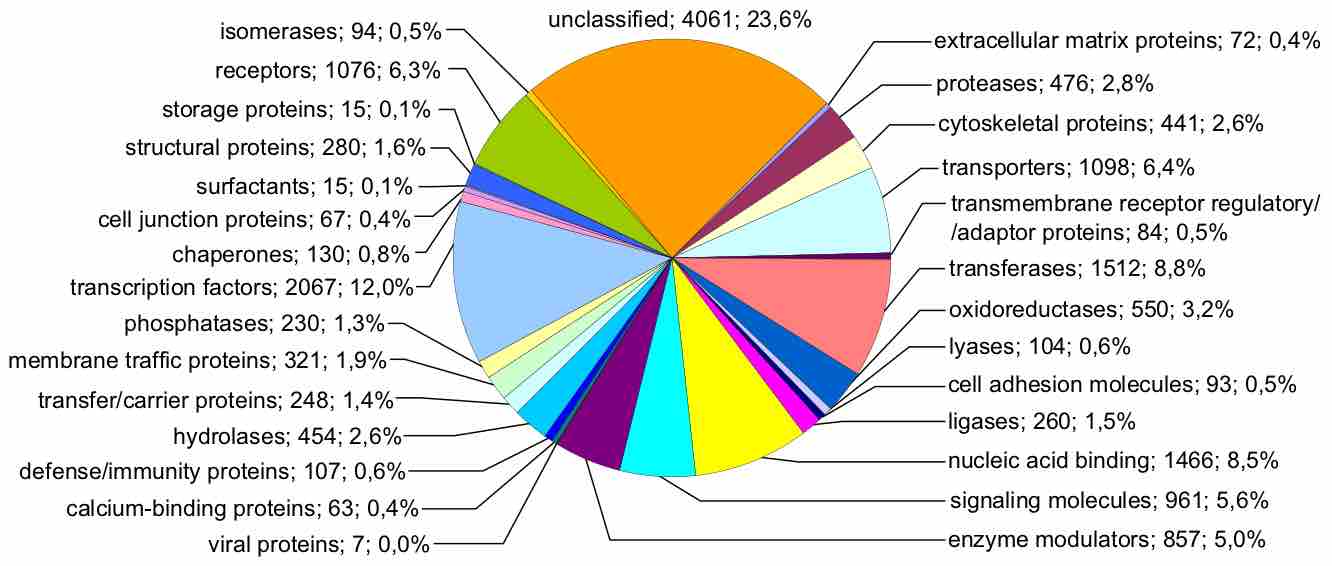
The genome size does not always correlate with the complexity of the organism and, in fact, shows great variation in size and gene number.
Fossils tell us when organisms lived, as well as provide evidence for the progression and evolution of life on earth over millions of years.
Fossils can form under ideal conditions by preservation, permineralization, molding (casting), replacement, or compression.
Because not all animals have bodies which fossilize easily, the fossil record is considered incomplete.
The age of fossils can be determined using stratigraphy, biostratigraphy, and radiocarbon dating.
The detailed fossil record of horses has provided insight into their evolutionary progress.
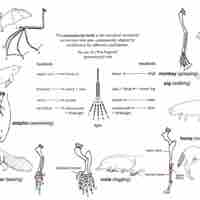
Homologous structures are similar structures that evolved from a common ancestor.

Convergent evolution occurs in different species that have evolved similar traits independently of each other.
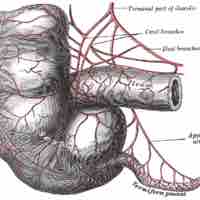
Vestigial structures have no function but may still be inherited to maintain fitness.
The biological distribution of species is based on the movement of tectonic plates over a period of time.

